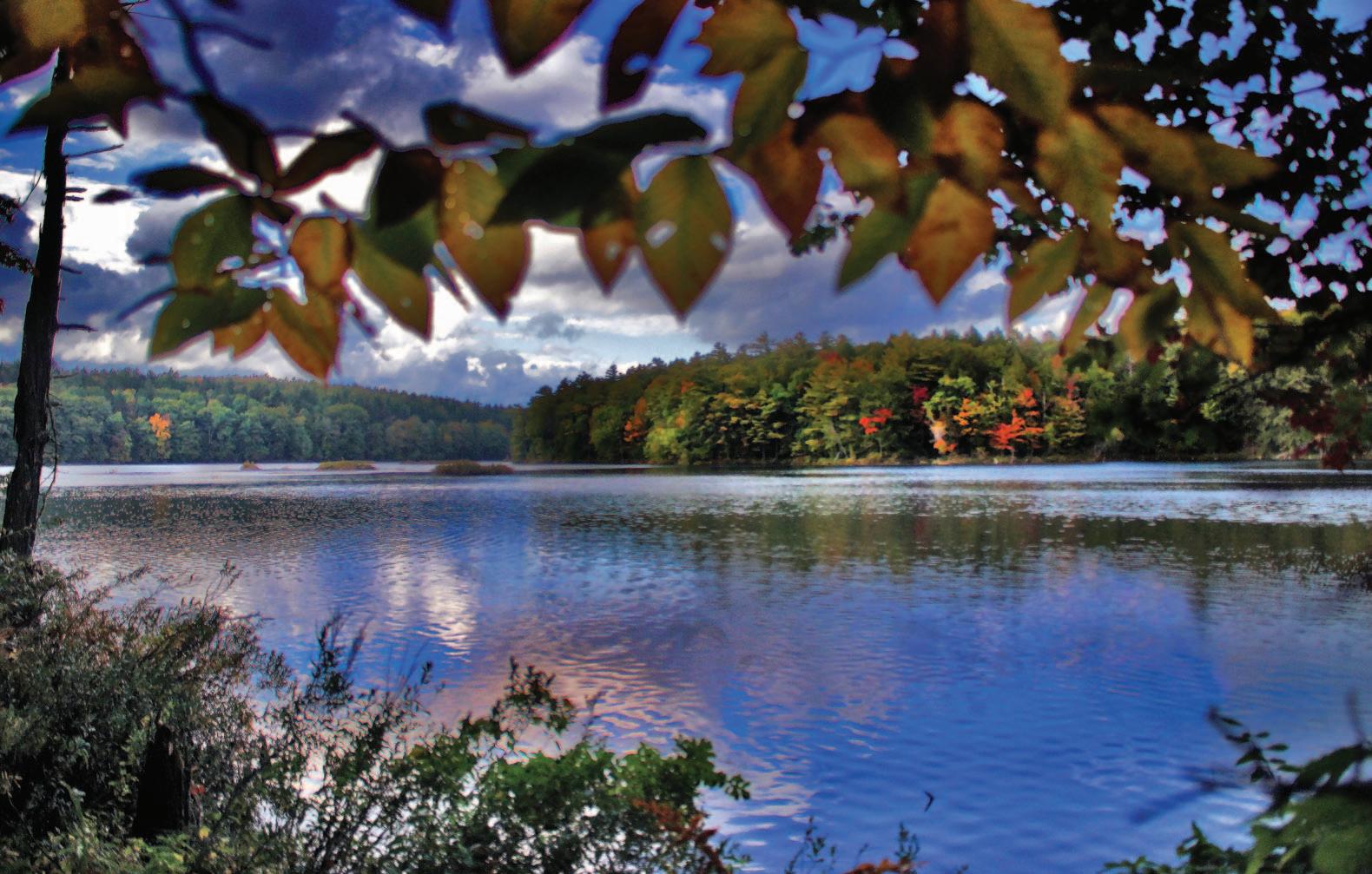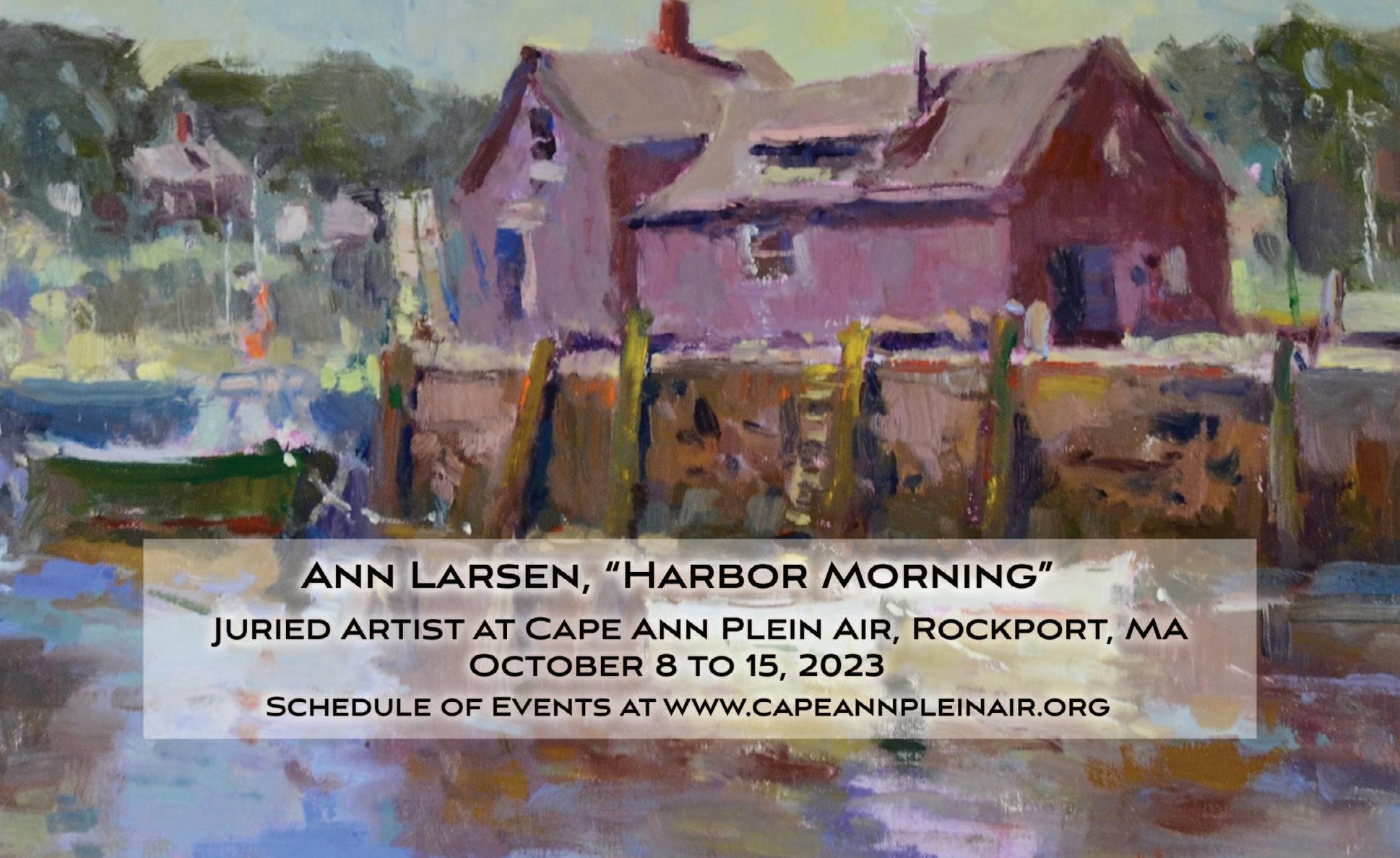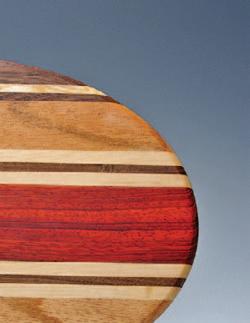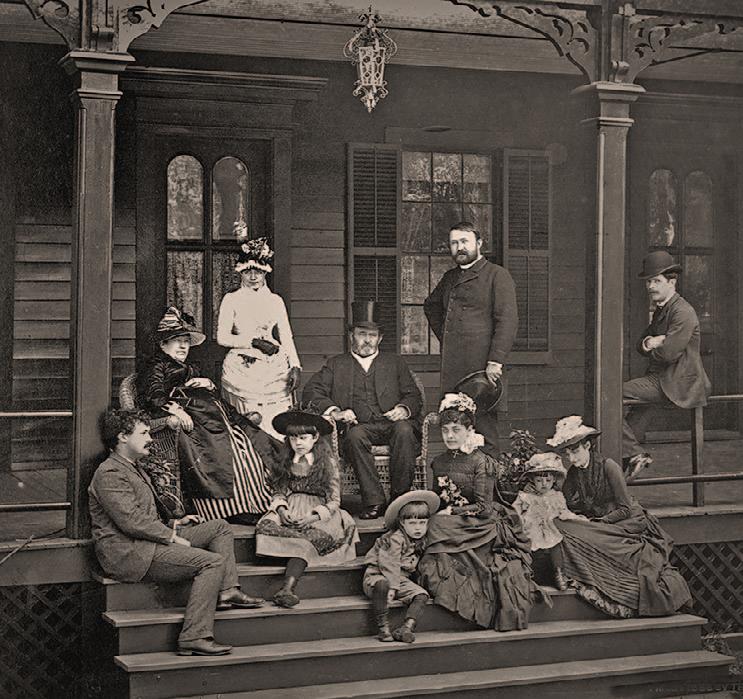
5 minute read
The Benevolent Spirit of Mighty Mount McGregor
By Lawrence White
Palmertown Range extending all the way to Lake Champlain, near Ticonderoga.
Advertisement
The area was frequented by Native Americans of various nations and tribes who found ample game in the countryside, fish in the many streams, and safe passage on the Hudson River.
Although there is no record of their visits to the summit of the mountain, the vista surely cap tured their imaginations as it has everyone who has visited since.
The mountain was originally referred to as Palmertown Mountain. In the mid-1800s, Duncan
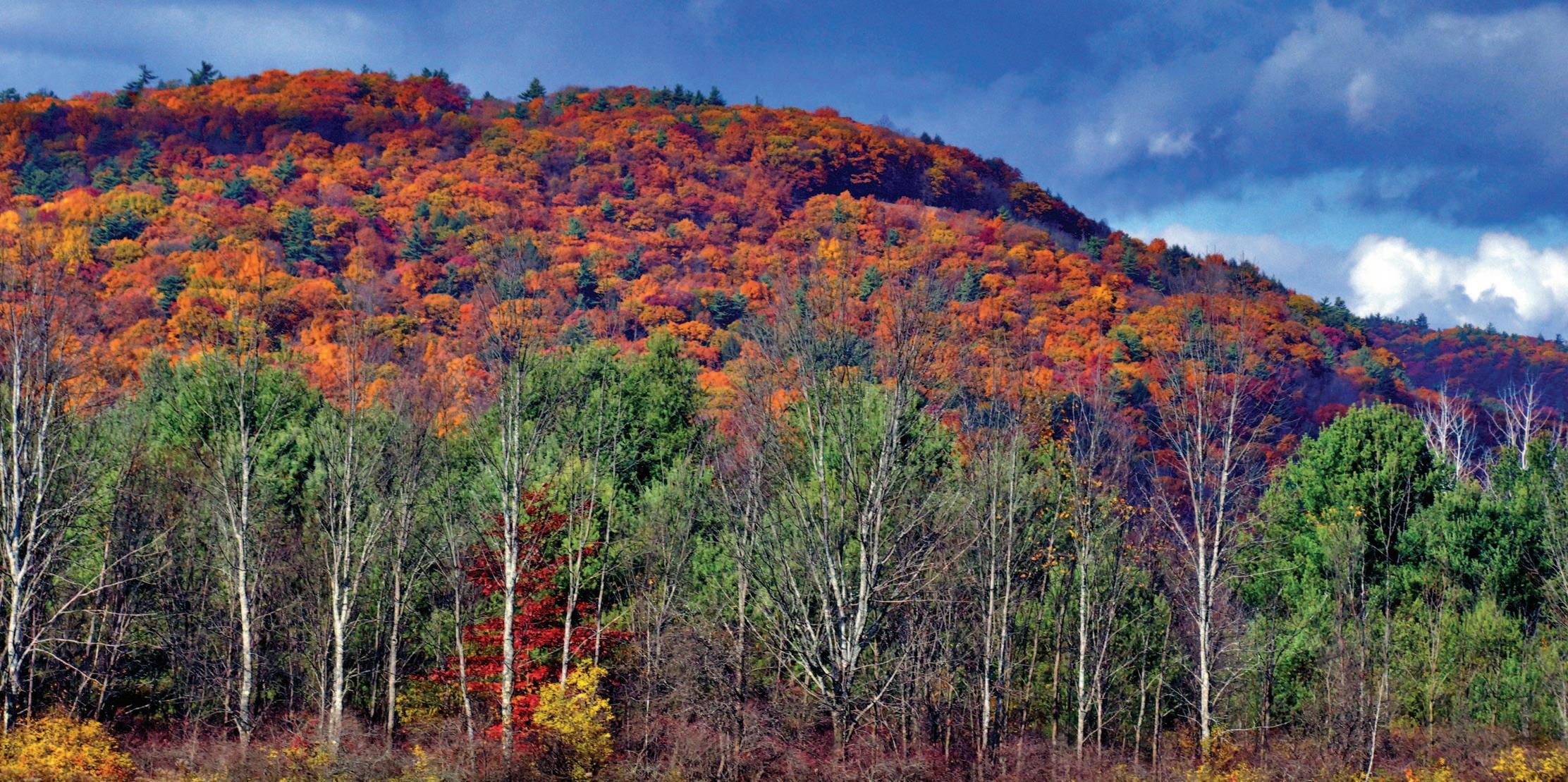
McGregor, the son of Scottish immigrants, lived in a home at the base of the mountain. He be came a successful businessman and soon purchased the deed to the mountain, giving it his family name.
One of the first structures on the mountain contained an art gallery. One exhibition on the mountain featured McGregor’s sister, Caroline’s unique moss sculptures. Caroline’s was the first recorded death on the mountain, and some claim, that her spirit can be seen in the wooded areas of the terrain, where moss would be growing.

McGregor opened roads up to the mountain summit so that that local residents and large parties could take advantage of its natural wonders including the magnificent meadows with spectacular views. McGregor received na tional acclaim for his vision to create a mountain resort. One correspondent described the views as “the grandest and most surprisingly beautiful pictures to be seen on earth. Visitors surely will be haunted by that lofty and purifying love of the grandly beautiful.”
Mt. McGregor had developed as a resort after a road and a small hotel (now Grant Cottage) were built by Duncan McGregor in the 1870s. Families would travel from great distances to stay in sturdy tent clusters with magnificent views.
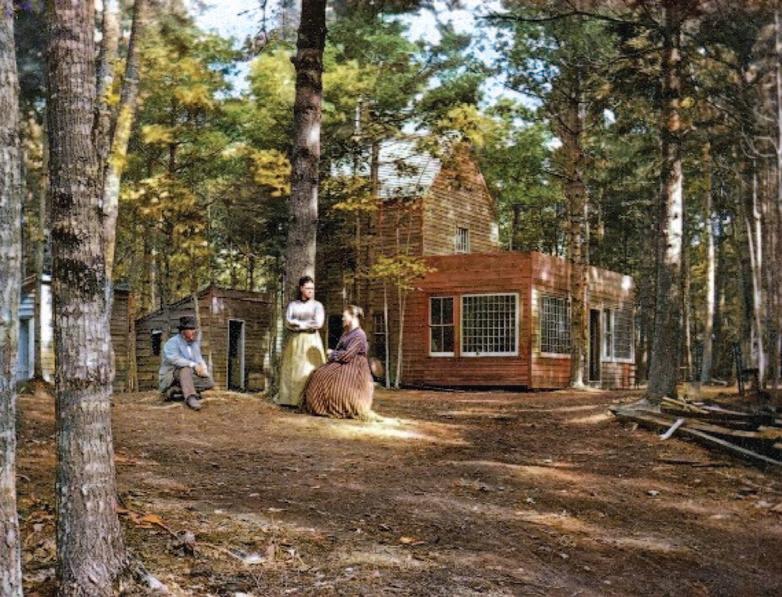
A group of investors recognized the site’s potential, and in 1882, built a railroad line here from Saratoga Springs. Two years later, the luxurious Hotel Balmoral opened to guests ad vertising “No Dew, No Malaria, No Mosquitoes, Certain Relief from Hay Fever.” Saratoga Springs was renowned for its healing waters, but Mount McGregor was also becoming well known its healthy environment.
"The atmosphere here enables me to live in comparative comfort while I am being treated or while nature is taking its course with my disease. I have no idea that I should have been able to come here now if I had remained in the City.”
Signed, U.S. Grant, dated June 30th / 85
In the summer of 1885, while trying to complete his memoirs, Ulysses S. Grant was dying of throat cancer. His doctors recommended Grant leave the urban environment of New York City. Joseph W. Drexel offered the Grants use of his cottage on Mount McGregor. They gladly accepted.

As many as seven trains a day traveled to and from the mountain. The Balmoral provided accommodations for Grant’s friends and visitors, and for the reporters who kept a constant vigil. Sadly, the hotel burned in 1897, and the railroad was dismantled in 1899.
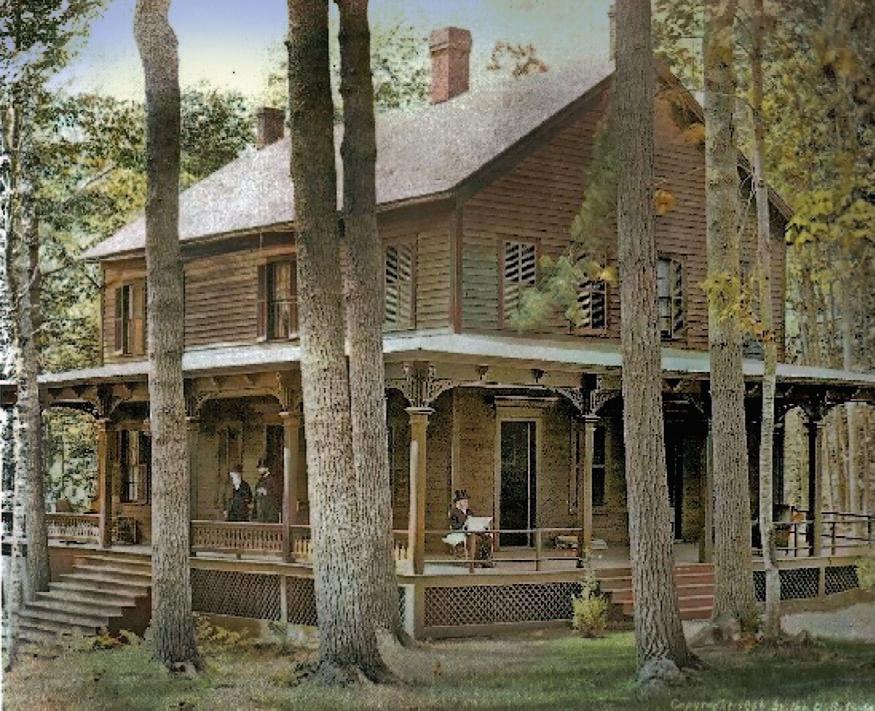
Grant started writing his memoirs long before living in the Cottage. Samuel Clemens (Mark Twain) agreed to publish the book through his firm, Charles L. Webster & Co. It was hoped that public demand for the book would ensure financial security for Grant’s wife, Julia and the rest of his family. Grant died on July 23, 1885 knowing the memoir he completed days earlier guaranteed secu rity for his family.
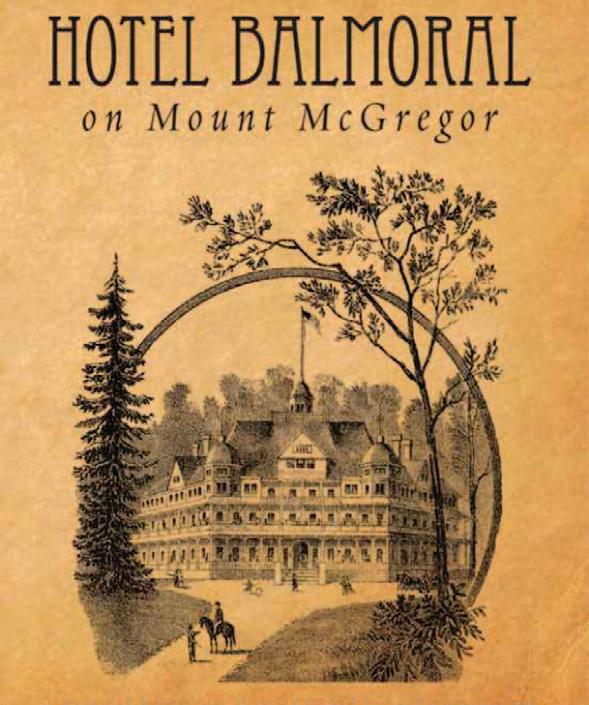
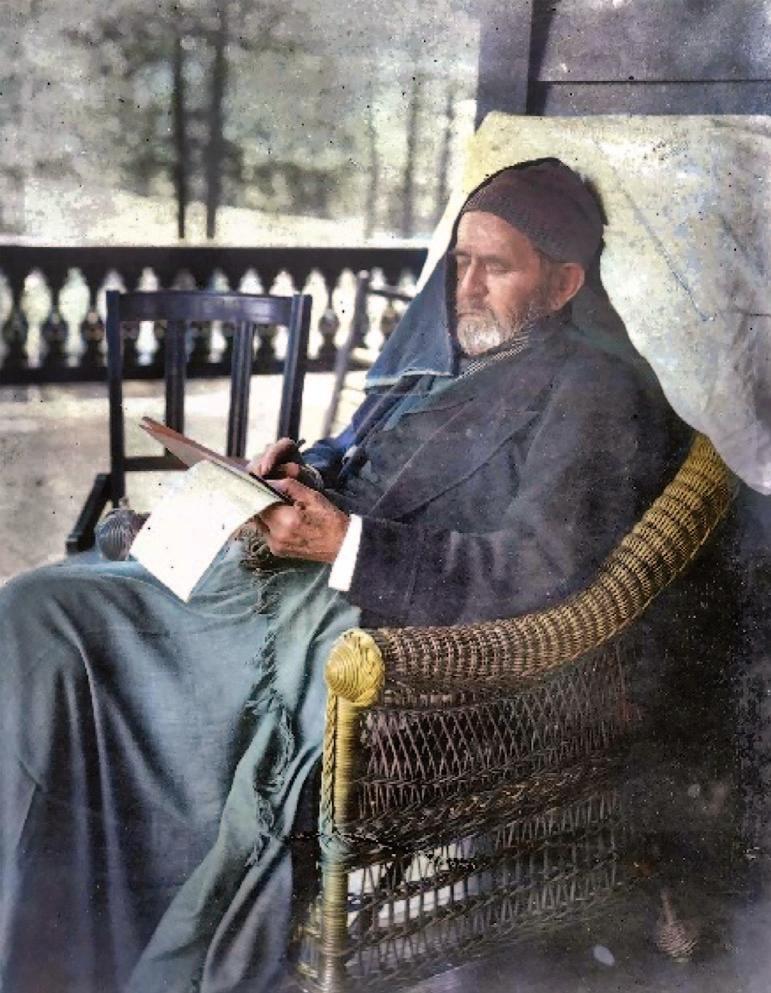
In 1913, Metropolitan Life Insurance Company bought the top of the mountain (minus Grant cot tage) and built a large and spacious sanatorium for employees who had been swept up in the tuber culosis epidemic. The tuberculosis sanatorium had a capacity of 350 people with patients remaining for months or years. The grounds were exquisitely landscaped, and those who stayed during that time had the very best of care.
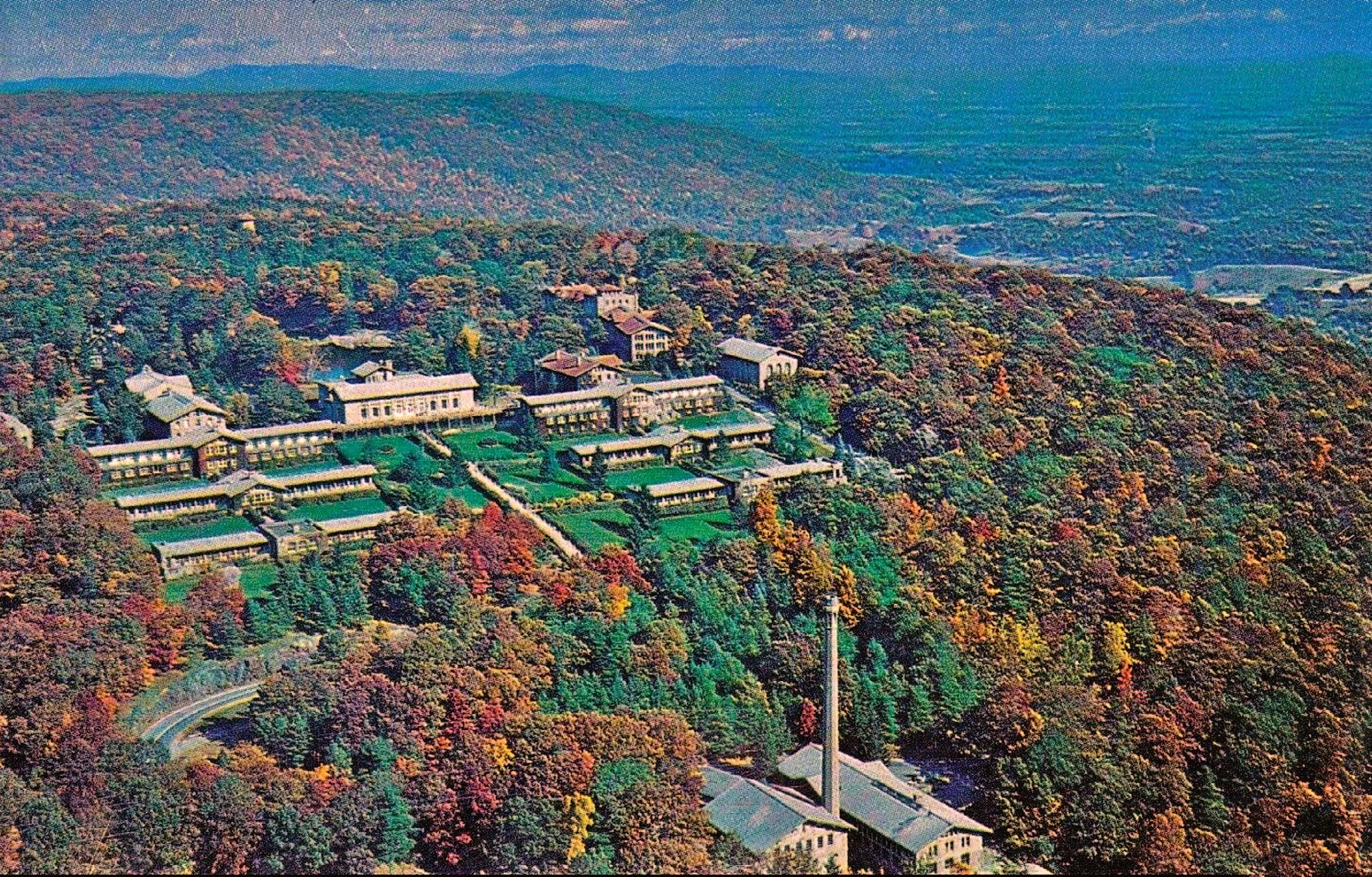
In 1945, the state took control and turned the facility into a retreat for returning World War II and other veterans. In the early 1960s, the site became a facility for the developmentally disabled before being c onverted to a minimum - security prison that opened in 1976. The facility then became a medium-security prison in 1986.


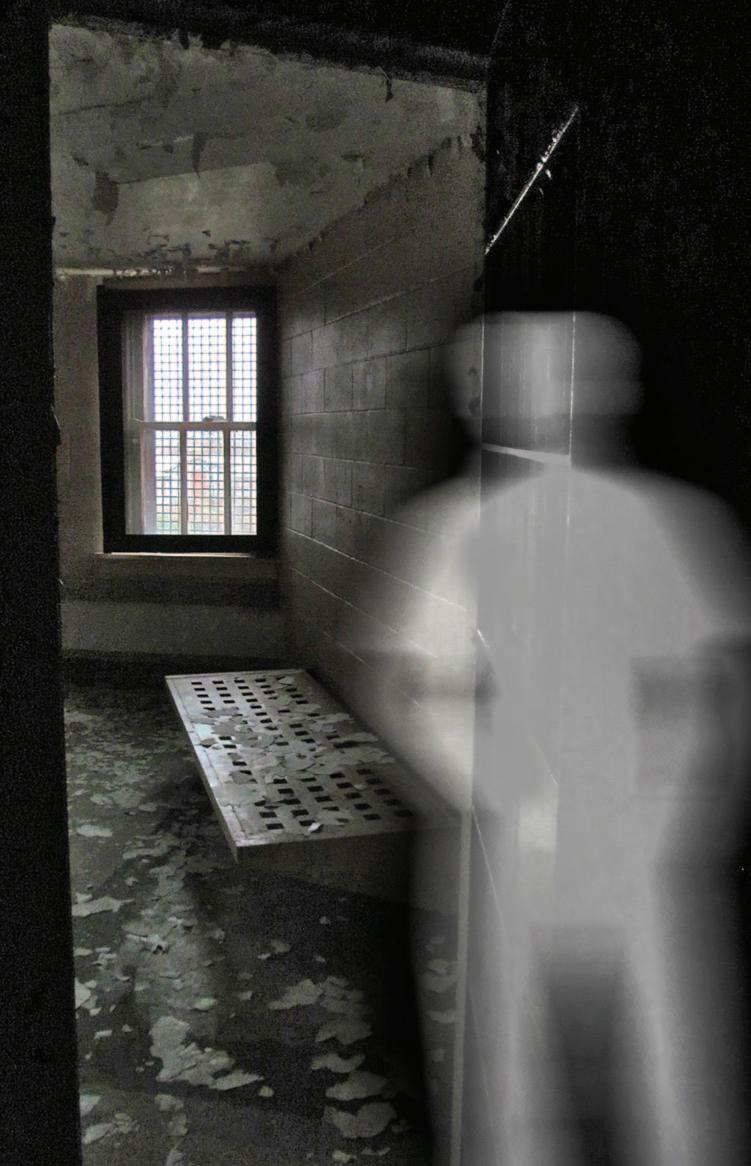

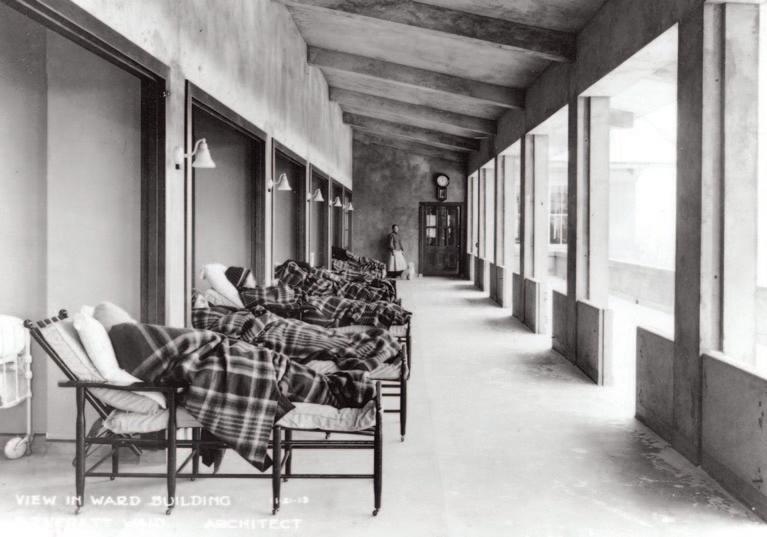
"I came near to going away without knowing about the view from that lookout. I would not have missed it for anything; for, in connection with its historical associations, I consider that it presents the grandest scenery that I know of in America."
...Mark Twain
I ask Grant Cottage Operations Manager, Ben Kemp about his impression of the spirit of the mountain and he relates, “Yes, there are some stories from the old prison guards of sightings in the buildings including the figure of a young girl in a Sanatorium building. Some of the past security people have related seeing unusual movement and shadows in the old buildings. The ceiling of the cottage porch was painted a mystical color blue, called Haint Blue to keep away evil spir its. Some say they have seen Grant’s shadow on the overlook at dusk, but I have not and that is not what people come here for.”

Ben continues, “The great attraction for the early American Natives and first settlers to Mount McGregor was the essence of nature and the beautiful environment. That continues today. The first word I hear out of everyone’s mouth when they first stand on the overlook is, ‘WOW!’
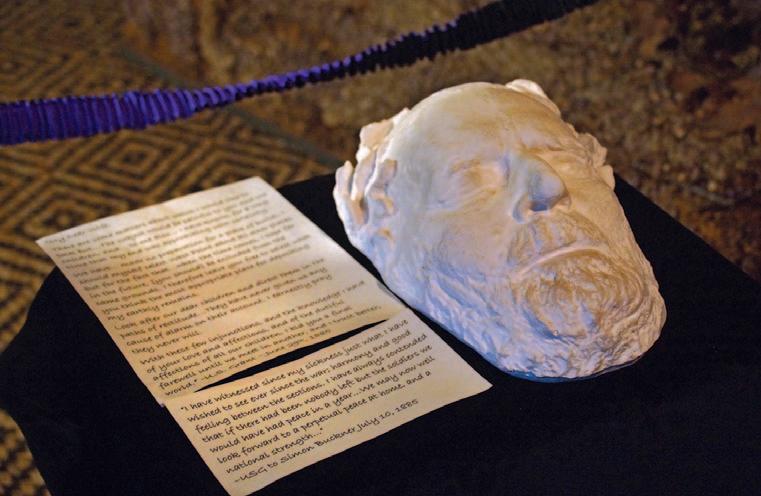
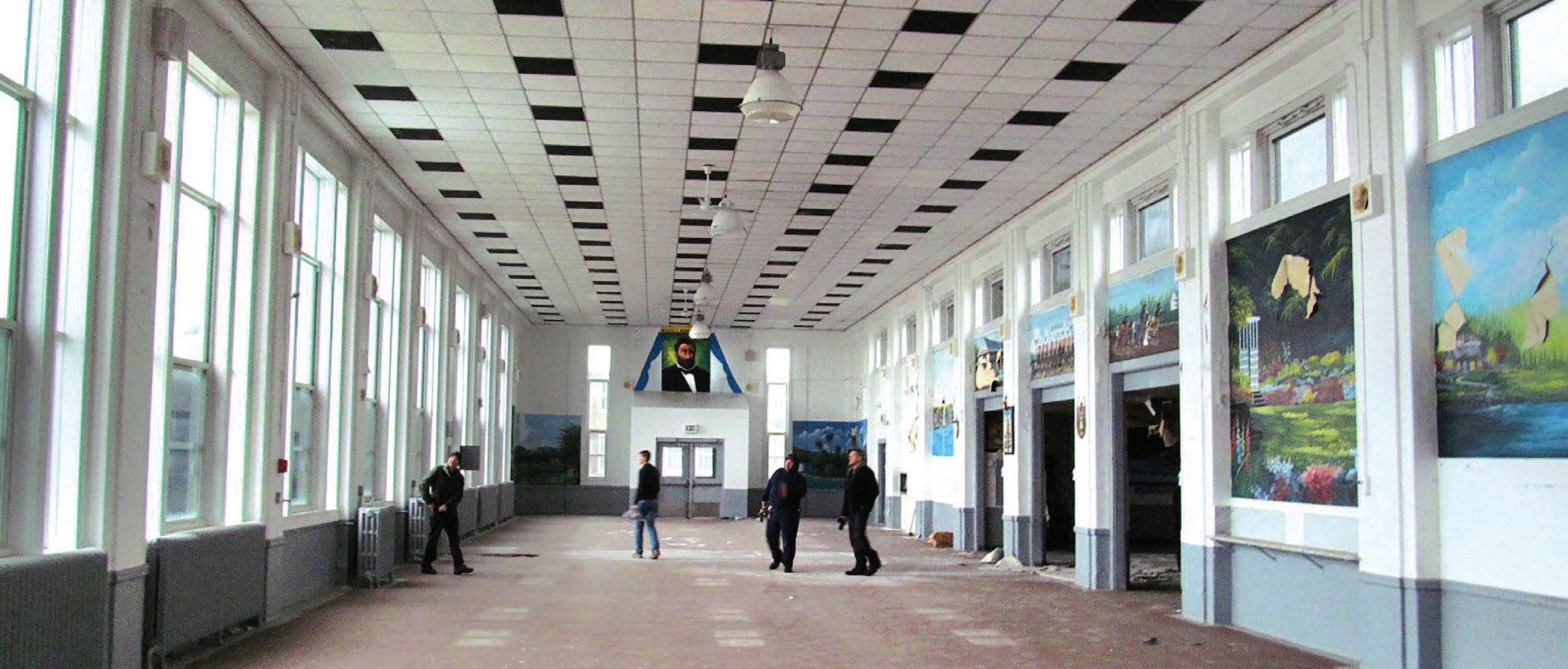
“It has always been a restorative place whether for a local who came for the natural serenity, or a person suffering from a life-threatening ailment, a war veteran, or a prisoner who experienced significant re habilitation by being housed here for a period of time. Even for Victorian resort guests, it was always about healing. In fact, some of the people who were imprisoned here still come back because the experience was so profound for them. That is an excellent example of how much effect the mountain can have on a person.”

“Since the property backs right up to the Palmertown Range network of hundreds of miles of trails with easy access to two lakes, it is perfect for multi-use, outdoor, family-friendly, all-season activities and hopefully that will be the planning for the future.”
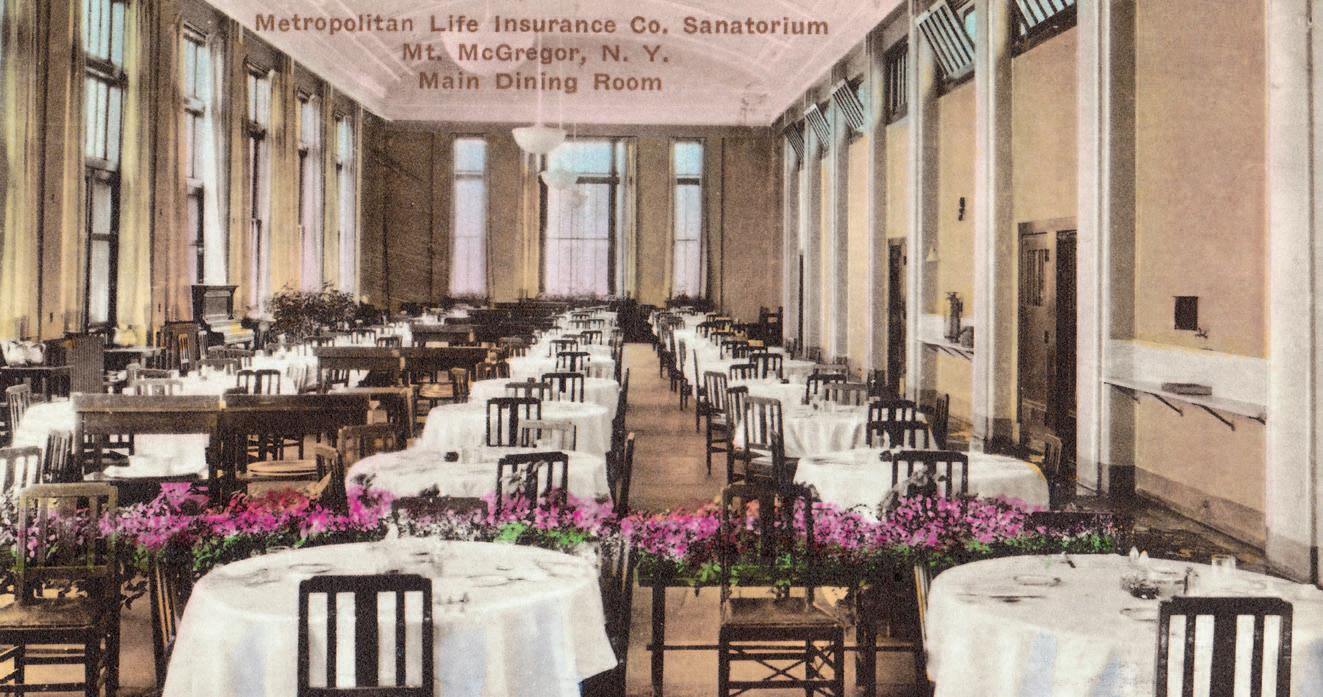
Ben reflectively continues, “Grant and Clemens experienced that sense of healing during their time here. Grant was suffering horribly from this cancer. Clemens came to the cottage and notified Grant of the great success of his book and to inspire his spirit. Both men ben efitted by their time here as did American history. Grant’s writings are considered perhaps the strongest example of personal military memoirs ever written.”

As Ben and I ended our conversation an out-of-state family, (mother, fa ther, two kids) comes out of the cottage and sits on the wicker furniture on the wraparound porch.
I asked if they visited the overlook, and they said no. I strongly advise they do so, and I notice that they walk in that direction as they leave.
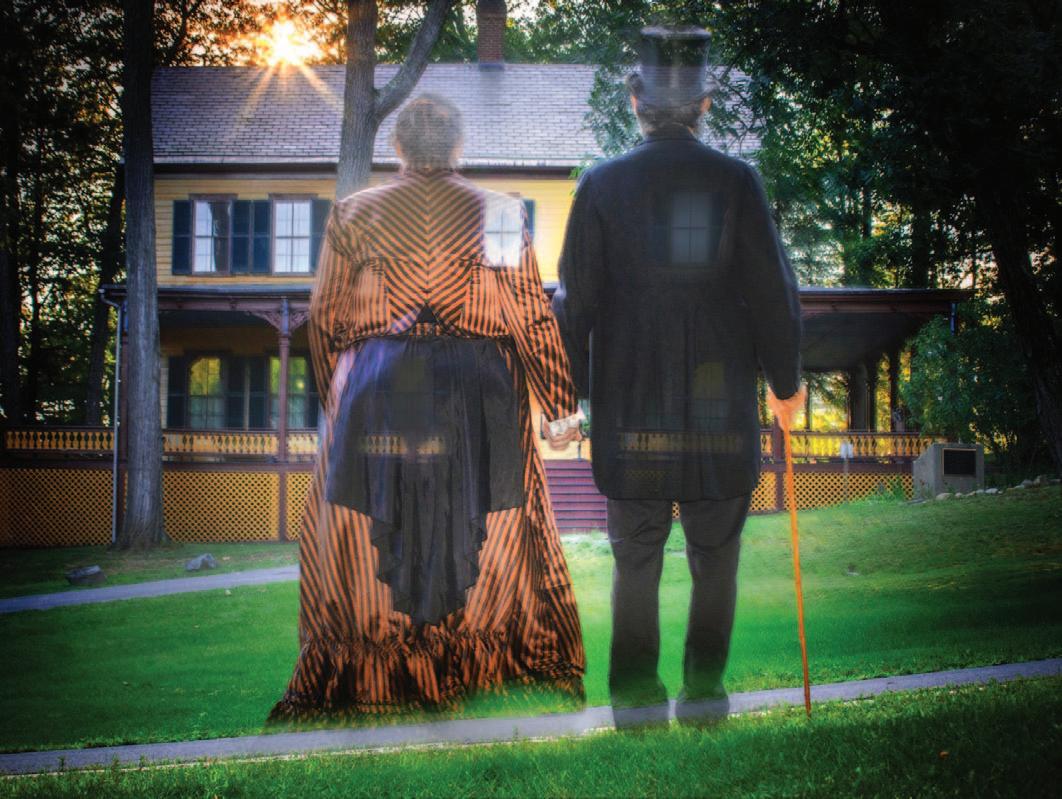
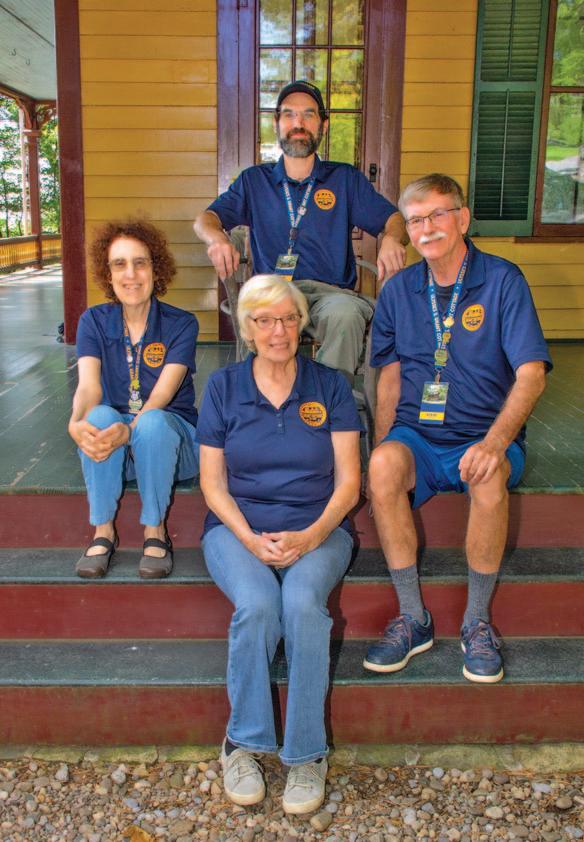
About an hour later as I drive my car down the mountain, I see the family walking back out of the woods on the overlook path. Slowing my car, I shout out, “How was it?”
With a thumbs-up, the father shouts back, “Awesome!” As the kids happily skip on the path, the mother shouts, “We get it now! The mountain is magic! Thank you for telling us.”
I think to myself, “Yes, and now I must tell others.”
Grant Cottage www.grantcottage.org
Saratoga Plan – Palmertown Range saratogaplan.org/explore-parks-and-trails/palmerton-range/
